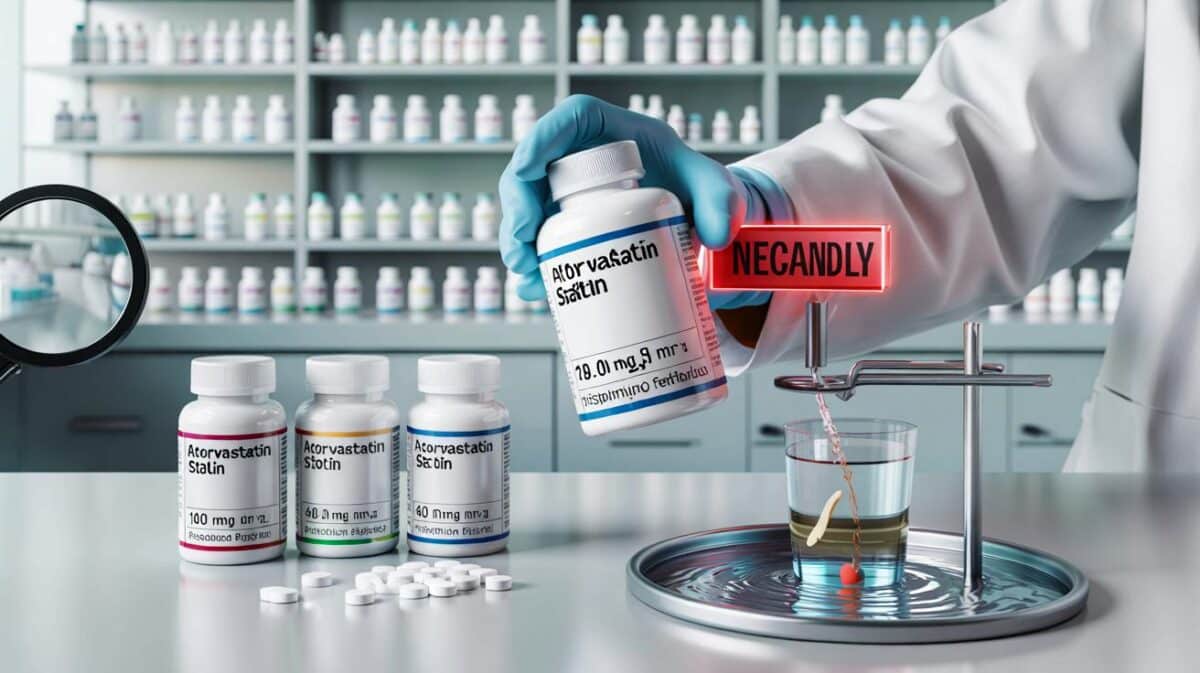Your trolley choices shape blood pressure, muscle function and nerve signalling every single day. A banana gives roughly 450 mg of potassium. Many affordable staples deliver more in one standard portion. Here is what actually outmuscles the banana, and how to put those foods to work tonight.
Adults typically need 2,600–3,400 mg of potassium a day, depending on age and sex.
Why the banana myth sticks
Bananas are portable, cheap and familiar. Marketing built a strong link between bananas and potassium. The link is not wrong, yet it is incomplete. Leafy greens, root vegetables, tropical fruits and even plain yoghurt often beat a banana gram for gram. That matters for people managing blood pressure, cramps, or post‑exercise recovery.
A medium banana averages about 450 mg of potassium; 17 common foods serve up even more per portion.
The 17 foods that outrank your banana
Figures refer to typical cooked or ready‑to‑eat servings. Values vary by variety, ripeness and preparation.
| Food | Typical serving noted | Potassium (mg) |
|---|---|---|
| Beet greens, cooked | 1 cup | 1,309 |
| Adzuki beans, cooked | 1 cup | 1,224 |
| Swiss chard, cooked | 1 cup | ≈960 |
| Yam (true yam), cooked | 1 cup | ≈911 |
| Acorn squash, cooked | 1 cup | ≈900 |
| Spinach, cooked | 1 cup | 839 |
| Jackfruit | 1 cup | 739 |
| Water chestnuts | 1 cup | 724 |
| Guava | 1 cup | 688 |
| Plantain, cooked | 1 cup | 663 |
| Taro root, cooked | 1 cup | 639 |
| Plain non‑fat yoghurt | 8 oz (≈227 g) | 625 |
| Butternut squash, cooked | 1 cup | ≈582 |
| Parsnips, cooked | 1 cup | 572 |
| Sweet potato, cooked | 1 cup | 572 |
| Kiwi | 1 cup | 560 |
| Cantaloupe | 1 cup | 474 |
How to use these foods today
Leafy greens and roots
Sauté beet greens or Swiss chard with garlic and olive oil. Finish with lemon for brightness. Add a cup to soups or stews to lift potassium without much effort. Roast parsnips and sweet potatoes on a hot tray for concentrated flavour and a steady carbohydrate base. Cube butternut or acorn squash and toss with oil, salt and a touch of maple, then roast until caramelised.
Beans, tubers and tropical swaps
Simmer adzuki beans with ginger and spring onion for a savoury bowl, or fold them into brown rice. Dice taro into a coconut curry, or steam and mash as a side. Slice ripe plantains and pan‑fry until golden for a sweet‑savory addition to a plate of eggs or grilled fish. Add jackfruit to tacos or stir‑fries for texture and extra minerals.
Fruit and dairy that punch above their weight
Stir cubes of cantaloupe into yoghurt for a simple breakfast with more potassium than a banana. Peel and slice kiwi for porridge or overnight oats. Snack on guava where you can find it ripe; the soft pink flesh brings fibre as well as potassium. Use plain non‑fat or low‑fat yoghurt as a base for dips and smoothies. Note that Greek yoghurt usually contains less potassium per cup than regular styles.
- Swap your mid‑morning banana for a kiwi and a pot of plain yoghurt.
- Add a cup of cooked spinach to pasta in the last minute of boiling.
- Roast acorn squash halves on Sunday for ready snacks all week.
- Keep tins of water chestnuts for quick crunch in noodle bowls.
- Build a tray bake with sweet potato, parsnip and chard stems for a one‑pan dinner.
Cooking method changes potassium on the plate: roasting concentrates; boiling can leach into the water.
What cooking does to potassium
Potassium dissolves in water. Boiling roots and greens can lower the amount left in the food. Save cooking water for soups to reclaim minerals. Steaming keeps more in the portion. Roasting and air‑frying reduce water and concentrate nutrients per cup. Stir‑frying works well for chard, beet greens and water chestnuts because the quick heat limits loss.
When more potassium is not your friend
Some people should not raise potassium without advice. That includes those with chronic kidney disease, people on ACE inhibitors or potassium‑sparing diuretics, and anyone with diagnosed hyperkalaemia. Check medications and talk to a clinician if unsure. Food sources remain safer than tablets for most healthy adults because the body regulates gradual intake better than large supplemental doses.
A quick plan to hit the target
Try this simple day to approach 3,000 mg without fuss. Breakfast: plain non‑fat yoghurt with kiwi and oats. Lunch: spinach and bean soup plus a side of roasted squash. Snack: slices of guava or cantaloupe. Dinner: grilled chicken or tofu with pan‑fried plantain and sautéed beet greens. Water, tea and coffee round out fluids.
Beyond the numbers
Potassium does more than nudge blood pressure. It helps muscles contract, steadies heart rhythm and supports nerve function. It often travels with fibre and polyphenols in whole foods, which helps gut health and satiety. Bananas still earn a place, yet variety serves you better. Mix leafy greens, roots, beans and fruit across the week to smooth intake and support recovery after training.
Label reading helps you adapt portions. The numbers above use cups, which vary by density. Weighing a serving once or twice teaches your eye. Keep an eye on sodium as well. Potassium helps counterbalance salt, but it cannot fully offset a consistently salty diet. Pair higher‑potassium foods with steady hydration and regular movement to get the most benefit.









Super helpful breakdown—didn’t realize beet greens beat bananas by that much (1,309 mg vs ~450). Could you include gram-based portions as well as cups next time? My cups vary and it gets confuzing. Also curious whether roasting vs steaming changes potassium enough to matter for daily targets.